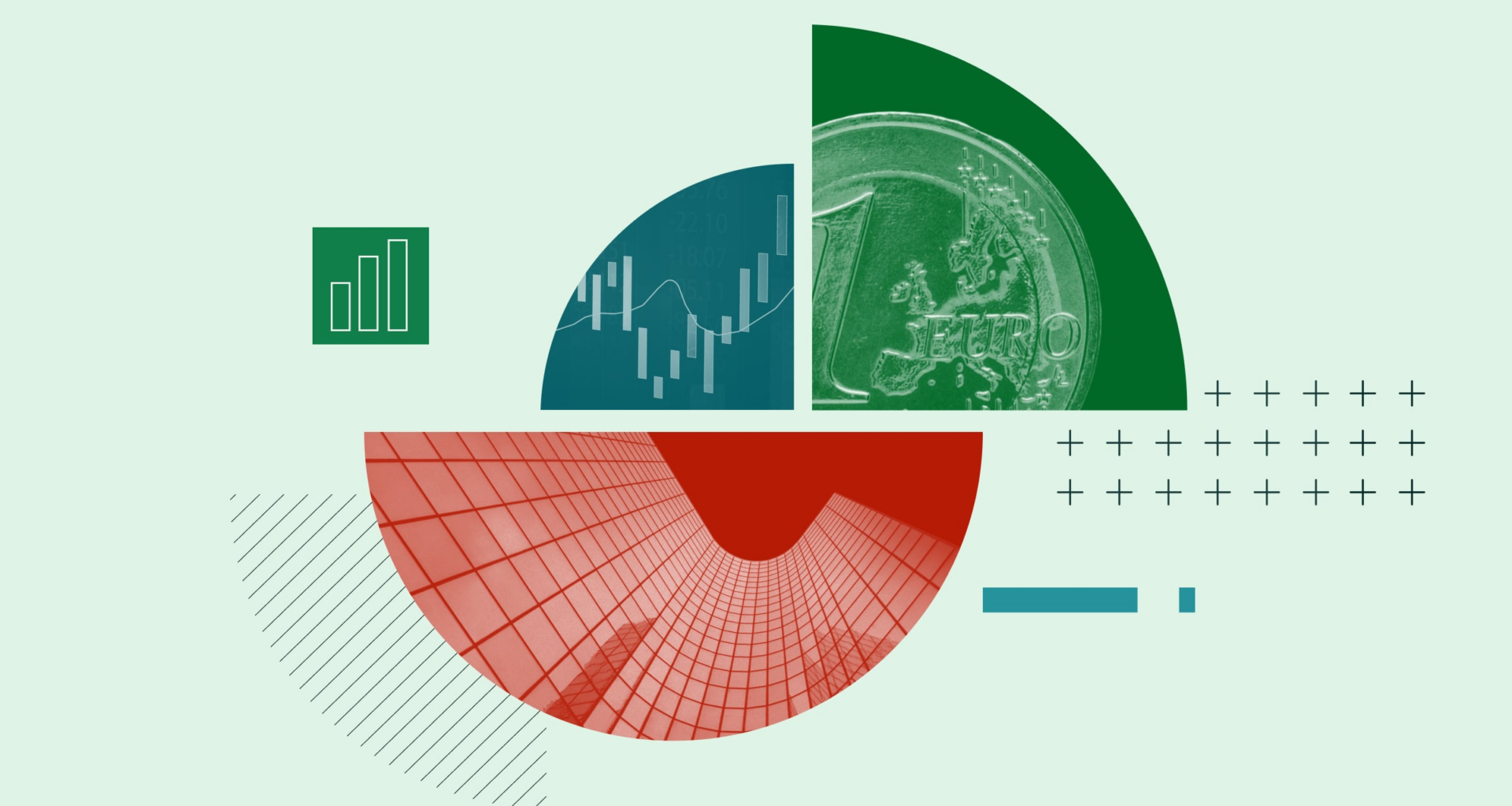Whether European stock markets can finally outpace their US rivals this year is a vexed question. Europe has certainly come close in recent years, most notably in 2023 when the region just missed out to the US. In 2024, there was no contest: Europe’s near 9% return was no match for the 33% from the US.
Will 2025 Be Different for European Markets?
2025 felt different for a few reasons.
Europe came out of the starting blocks strongly: The macroeconomic picture in Europe has been steadily improving, albeit off a low base, and we had already been getting enquiries from international investors about European stocks toward the end of 2024, an indicator of the attractiveness of the region.Geopolitics: German elections benefited markets, with investors getting excited about the prospect of Europe’s largest economy spending billions and running the economy hot for a change.Tariffs: After the initial April selloff, the announcement of US tariffs sent European stocks on a run. Inflows from international investors drove markets onward, as they saw the benefits of being invested in a region where the government wasn’t interfering in trade.
The most recent quarter brought a setback: European stocks were less buoyant in Q3, rising by just 2%, versus 6% for US stocks, thus losing ground year to date. The chart below shows the US market nudging into the lead in September, but with the euro rising sharply against the dollar this year, currency is a key factor in how year-to-date returns appear to investor. Viewing both the US Market and Europe indexes in euros produces a very different outcome: the US Market index is up just 1.5% in euros in 2025.
The Bull Case for European Markets
Europe still has two key factors in its favor:
A cheaper relative valuation.A still improving economic backdrop.
In terms of valuation, European equities currently trade at a slight discount to our fair value estimate. That doesn’t offer huge upside, but it’s all relative, and with the US trading at a slight premium, at the margin investors can find more attractive opportunities in Europe right now.
Why Lower Inflation and Interest Rates Matter for European Stocks
The macroeconomics in Europe have been on an upward trend recently, but right now Europe has two things that the US doesn’t: low interest rates, and an inflation rate that is under control.
ECB deposit rates have been decreasing markedly since the summer of 2024, but the benefits of a 2% rate have only been in play since June of this year. Low interest rates benefit everyone. Businesses can borrow and expand, funding projects that weren’t economical at higher rates, while consumers benefit from lower mortgage rates, meaning they have more money in their pockets at the end of every month to spend on discretionary items. That said, low interest rates take time to feed through to the economy, so we should start seeing the benefits of this in the coming months.
Consumers and businesses have both struggled with inflation over the last few years. Businesses had to raise prices to maintain operating margins, which had the knock-on effect of reducing the volume of goods that consumers could afford. For consumers, they were of course dealing with rising prices, and often with wages that didn’t rise in tandem, which proved its own challenge. Lower inflation takes the pressure off both groups. The added benefit of lower inflation also means that central banks can potentially cut interest rates further, benefiting the economy even more.
Which European Stock Sectors Look Cheap?
Europe itself trades at a modest discount to our fair value estimate, but there’s more value to be had for investors who dig a bit deeper.
Right now, financial services and telecoms are the most expensive sectors in Europe, but the cheapest sectors are:
HealthcareConsumer DefensiveConsumer Cyclical
Healthcare: The overhangs of US tariffs, drug pipeline concerns and vaccine sales are dragging down valuations for what is normally considered a defensive sector. We see plenty of opportunities, including European pharma giants like GSK GSK and Novo Nordisk NOVO B.
Consumer Defensive: This is another sector that is traditionally defensive, but which investors have shunned. Global brands like Nestle NESN, Diageo DGE and Heineken HEIA are all trading at attractive valuations currently.
Consumer Cyclical: It’s always difficult to get investors excited about this sector when the economy is struggling, but with the macroeconomic picture improving, things are looking up for consumer cyclicals. Luxury goods, automotive stocks and UK homebuilders are top of our list.
Looking Ahead to European Stocks in 2026
With Europe and the US neck and neck as we head into the last quarter, it’s difficult to say who will come out on top, and if this will be Europe’s year. Further meddling in trade by the US administration could alter the picture, as could the US government shutdown if it goes on long enough. But for the most part, equity markets have largely been ignoring these issues in recent months.
The more likely differentiation point is AI and investors’ faith in this sector. The Magnificent Seven now comprise around a third of the S&P 500’s market capitalization, and drive much, and sometimes all, of the earnings growth for the index. Another tech wobble, like we had earlier this year, could set European and US equity performance apart as we close out 2025 and start a new year.
The author or authors do not own shares in any securities mentioned in this article. Find out about
Morningstar’s editorial policies.
